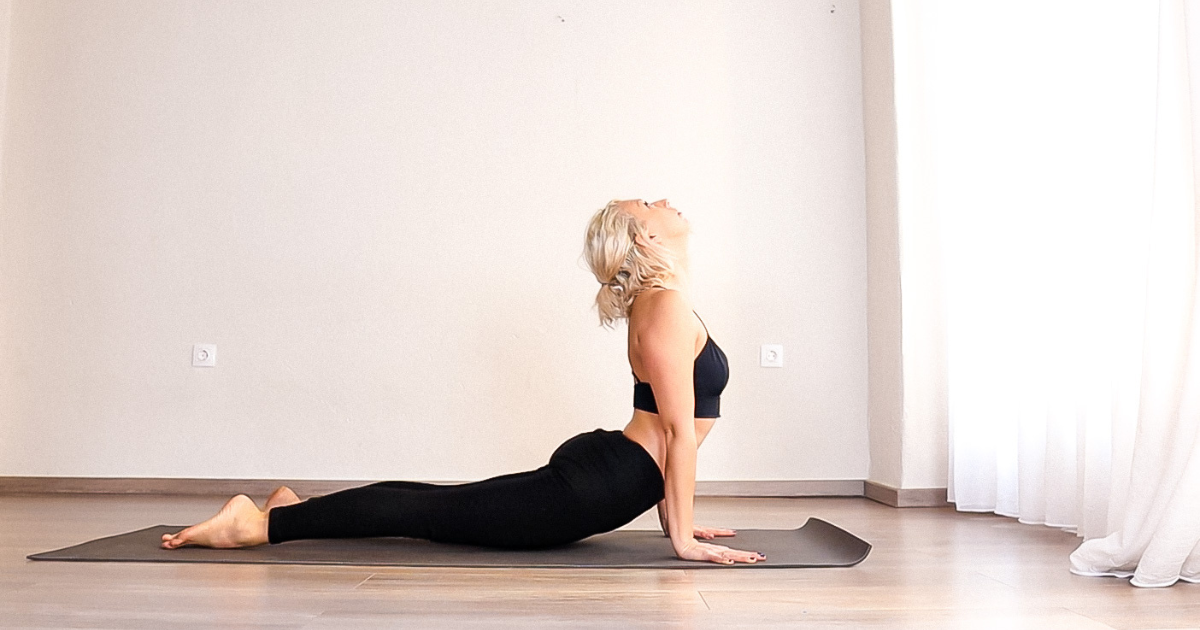How Many Vinyasas Are In Ashtanga Primary Series?
The Primary Series of Ashtanga yoga, also known as Yoga Chikitsa (Yoga Therapy), is a flowing sequence of postures linked by vinyasas—the movements that connect each asana with breath. Vinyasas are essential to Ashtanga, as they create a dynamic rhythm, build heat, and maintain focus throughout the practice.
So, how many vinyasas are in the Ashtanga Primary Series? The answer depends on how you define a vinyasa and whether you include transitions between poses. On average, there are 60–70 vinyasas in a full practice of the Primary Series. Let’s break it down step by step.
What Is a Vinyasa?
In Ashtanga yoga, a vinyasa is a flowing sequence of movements linked to breath, typically consisting of:
Chaturanga Dandasana (Low Plank)
Urdhva Mukha Svanasana (Upward-Facing Dog)
Adho Mukha Svanasana (Downward-Facing Dog)
Vinyasas are used to transition between postures or reset the body and breath during the practice.
Vinyasa Count in the Primary Series
Here’s a breakdown of the vinyasas in the Ashtanga Primary Series:
1. Sun Salutations (Surya Namaskara A & B)
Surya Namaskara A: 5 repetitions x 9 movements each = 45 movements.
Surya Namaskara B: 5 repetitions x 17 movements each = 85 movements.
Vinyasas: Each movement is a vinyasa. These warm-ups include around 10 full vinyasas for Sun A and B combined.
2. Standing Postures
The standing sequence includes poses like Trikonasana (Triangle Pose) and Prasarita Padottanasana (Wide-Legged Forward Fold). A half-vinyasa (Chaturanga-Up Dog-Down Dog) is performed between sides and poses.
Estimated Vinyasas: 15–20.
3. Seated Postures
The seated postures form the bulk of the Primary Series. After each posture (or side of a posture), practitioners traditionally perform a full vinyasa before moving to the next asana.
There are 25 seated postures in the Primary Series.
A vinyasa is performed before and after each pose or side.
Estimated Vinyasas: 40–50, depending on how the sequence is practiced.
4. Backbends (Urdhva Dhanurasana)
After completing the seated postures, practitioners move into backbends. These poses are often repeated multiple times, with vinyasas in between.
Estimated Vinyasas: 3–5.
5. Finishing Sequence
The finishing sequence includes inversions like Sarvangasana (Shoulderstand) and Sirsasana (Headstand), followed by seated forward folds and Savasana. Vinyasas are performed between some of these poses.
Estimated Vinyasas: 2–5.
Total Vinyasa Count
Adding up the vinyasas:
Sun Salutations: 10 vinyasas
Standing Postures: 15–20 vinyasas
Seated Postures: 40–50 vinyasas
Backbends: 3–5 vinyasas
Finishing Sequence: 2–5 vinyasas
Grand Total: Approximately 60–70 vinyasas in the full Primary Series.
Does Everyone Perform the Same Number of Vinyasas?
The number of vinyasas performed can vary depending on:
Style of Practice: Some teachers or practitioners modify the sequence by skipping vinyasas between seated poses to reduce physical strain.
Experience Level: Beginners may do fewer vinyasas as they build strength and stamina.
Mysore Practice: In Mysore-style Ashtanga, practitioners move at their own pace, which may alter the number of vinyasas performed.
Why Are Vinyasas Important?
Vinyasas are not just transitions—they serve several vital purposes in Ashtanga yoga:
Build Heat: The flowing movements generate internal heat, promoting detoxification through sweat.
Strengthen the Body: Repeated movements like Chaturanga and Downward Dog build upper body and core strength.
Reset the Mind: Returning to the breath during vinyasas helps maintain focus and mindfulness throughout the sequence.
Maintain Rhythm: Vinyasas create a consistent flow, enhancing the meditative quality of the practice.
Conclusion
In the Ashtanga Primary Series, the number of vinyasas can range from 60 to 70, depending on your practice style and teacher’s guidance. These flowing transitions are integral to the practice, helping to build strength, improve focus, and detoxify the body. Whether you perform every vinyasa or modify for your needs, the rhythm and energy of the sequence remain at the heart of the Ashtanga experience.
Ready to Begin or Deepen Your Ashtanga Journey?
If you want to experience the challenge and growth of Ashtanga Yoga, check out our Flow With Us membership! Gain access to:
✅ Guided Ashtanga practice videos for all levels
✅ Breathwork and meditation sessions
✅ A supportive community to keep you motivated
Join Flow With Us today! and take your practice to the next level.
